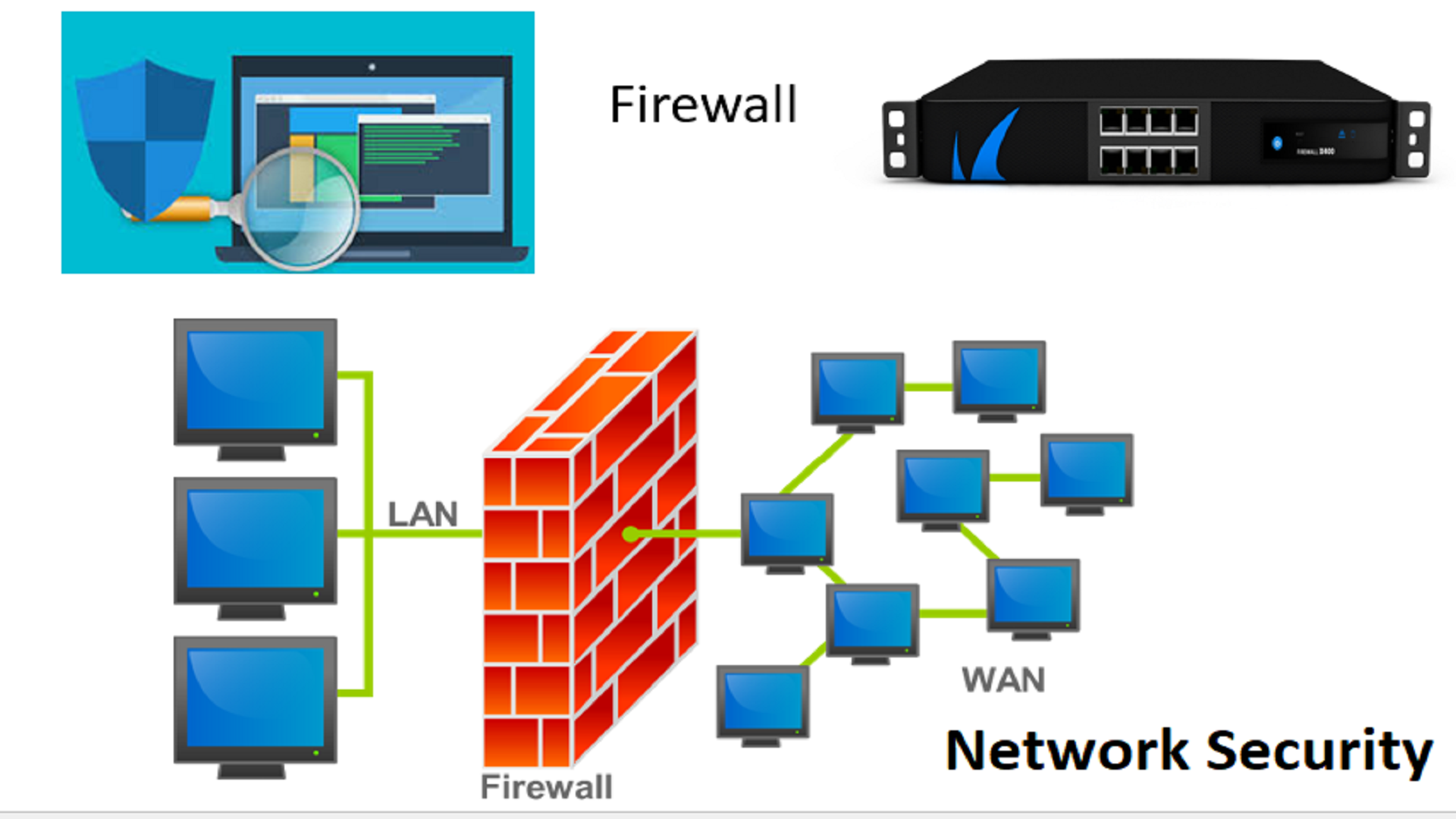Hey there, tech-savvy friend! Let’s dive straight into the heart of modern cybersecurity challenges. If you're reading this, chances are you're already knee-deep in the world of IoT (Internet of Things). But here’s the deal—IoT networks are expanding faster than ever, and so are the risks. That’s why we’re here to explore the best RemoteIoT firewall examples that can protect your devices and data like never before. In this article, we’ll break down everything you need to know about securing your IoT ecosystem without breaking a sweat.
Now, before we go any further, let’s address the elephant in the room. Why should you care about firewalls in the first place? Simple—because they’re the digital bouncers standing between your network and a whole world of cyber threats. Whether you're managing a smart home or an entire enterprise, having the right firewall setup is non-negotiable. And when it comes to remote IoT setups, finding the best solutions can make all the difference.
So, buckle up because we’re about to take you on a journey through the top RemoteIoT firewall examples, how they work, and why they matter. By the end of this, you’ll be armed with the knowledge to fortify your network like a cybersecurity pro. Let’s get started, shall we?
Read also:Nelly Son The Rising Star Whos Stealing The Spotlight
Table of Contents
- What Is a RemoteIoT Firewall?
- Why RemoteIoT Firewalls Matter
- Top RemoteIoT Firewall Examples
- Key Features to Look For
- How to Choose the Right Firewall
- Implementation Best Practices
- Real-World Use Cases
- Common Mistakes to Avoid
- Future Trends in RemoteIoT Security
- Conclusion
What Is a RemoteIoT Firewall?
A RemoteIoT firewall is essentially your first line of defense when it comes to securing IoT devices that operate outside your physical premises. Think of it as a digital shield that monitors incoming and outgoing traffic to ensure only authorized data gets through. Unlike traditional firewalls, RemoteIoT firewalls are specifically designed to handle the unique challenges of IoT networks, such as high device diversity and limited processing power.
Here’s the kicker—IoT devices are notorious for being vulnerable to attacks. From smart thermostats to industrial sensors, every connected device is a potential entry point for hackers. That’s where a RemoteIoT firewall steps in, filtering out malicious traffic and keeping your network safe.
Now, let’s break it down a bit further. A good RemoteIoT firewall should do three things:
- Block unauthorized access attempts.
- Monitor and log network activity for suspicious behavior.
- Adapt to evolving threats in real-time.
Why RemoteIoT Firewalls Matter
Alright, let’s get real for a second. The IoT landscape is growing at an insane pace. According to recent studies, the number of connected devices worldwide is expected to hit 25 billion by 2025. That’s a lot of devices, and each one is a potential target for cybercriminals.
RemoteIoT firewalls matter because they address the specific vulnerabilities of IoT networks. Unlike traditional networks, IoT setups often involve devices with limited computational resources, making them easier to exploit. Plus, many IoT devices lack robust security features out of the box, which is where a well-configured firewall can save the day.
Here’s another thing to consider—remote work is here to stay. With more businesses adopting hybrid models, securing IoT devices that operate outside the office perimeter is no longer optional. RemoteIoT firewalls provide the flexibility and scalability needed to protect these distributed networks without compromising performance.
Read also:Jennifer Newhart The Hilarious Comedy Genius You Need To Know
Why Traditional Firewalls Fall Short
Traditional firewalls were designed for a different era—one where most devices were tethered to a central network. They simply weren’t built to handle the complexity and diversity of modern IoT ecosystems. Here are a few reasons why:
- They struggle with the sheer volume of devices in IoT networks.
- They may not support the lightweight protocols commonly used by IoT devices.
- They lack the adaptability needed to deal with rapidly evolving threats.
Top RemoteIoT Firewall Examples
Now that we’ve established why RemoteIoT firewalls are essential, let’s talk about some of the best options out there. These firewalls are designed to meet the unique demands of IoT networks, offering features like deep packet inspection, threat intelligence integration, and more. Here are our top picks:
1. Palo Alto Networks Prisma Access
Palo Alto Networks is a household name in the cybersecurity world, and their Prisma Access solution is no exception. It’s a cloud-delivered security platform that provides comprehensive protection for remote IoT networks. With features like AI-driven threat detection and zero-trust architecture, Prisma Access is a powerhouse for securing distributed environments.
2. Fortinet FortiGate
FortiGate is another heavy hitter in the RemoteIoT firewall space. Known for its high performance and scalability, FortiGate offers advanced threat protection and unified threat management (UTM) capabilities. Whether you’re securing a small smart home or an enterprise-grade IoT network, FortiGate has got you covered.
3. Check Point CloudGuard
Check Point’s CloudGuard platform is designed to secure IoT networks across multiple cloud environments. With its cutting-edge sandboxing technology and automated threat prevention, CloudGuard ensures that your devices remain safe from emerging threats. Plus, its intuitive dashboard makes managing complex networks a breeze.
Key Features to Look For
When evaluating RemoteIoT firewalls, there are a few key features you should keep an eye out for. These will help you determine whether a particular solution meets your specific needs. Here’s what to look for:
- Deep Packet Inspection: This allows the firewall to analyze the contents of data packets, not just their headers, for potential threats.
- Threat Intelligence Integration: A good firewall should be able to leverage global threat intelligence to stay ahead of attackers.
- Scalability: Ensure the firewall can grow with your network as you add more devices.
- Zero-Trust Architecture: This approach assumes that no device or user should be trusted by default, enhancing overall security.
How to Choose the Right Firewall
Picking the right RemoteIoT firewall can feel overwhelming, especially with so many options on the market. Here’s a step-by-step guide to help you make the right decision:
- Assess Your Needs: Start by identifying the specific requirements of your IoT network. How many devices do you need to secure? What kind of data are you handling?
- Evaluate Features: Compare the features offered by different firewalls and prioritize those that align with your needs.
- Check Compatibility: Ensure the firewall is compatible with your existing infrastructure and protocols.
- Consider Cost: While budget shouldn’t be the only factor, it’s important to find a solution that offers value for money.
Implementation Best Practices
Once you’ve chosen a RemoteIoT firewall, it’s time to implement it effectively. Here are some best practices to keep in mind:
- Regular Updates: Keep your firewall software up to date to ensure it’s equipped to handle the latest threats.
- Monitor Activity: Regularly review logs and alerts to identify and respond to potential security incidents.
- Train Your Team: Make sure everyone involved in managing the network understands how to use the firewall effectively.
Real-World Use Cases
Let’s take a look at some real-world examples of how RemoteIoT firewalls are being used to secure networks:
1. Smart Cities
Smart cities rely heavily on IoT devices to manage everything from traffic lights to waste management systems. A RemoteIoT firewall ensures that these devices remain secure, preventing potential disruptions to critical infrastructure.
2. Healthcare
Hospitals and clinics use IoT devices to monitor patients and manage medical equipment. A robust firewall is essential to protect sensitive patient data and ensure uninterrupted service delivery.
Common Mistakes to Avoid
Even the best RemoteIoT firewall can be rendered ineffective if implemented incorrectly. Here are some common mistakes to avoid:
- Ignoring Regular Updates: Failing to update your firewall can leave you vulnerable to new threats.
- Overlooking Configuration: Improper configuration can create security gaps that hackers can exploit.
- Underestimating Scalability: Choosing a firewall that doesn’t scale with your network can lead to performance issues down the line.
Future Trends in RemoteIoT Security
As technology continues to evolve, so do the threats facing IoT networks. Here are some trends to watch out for in the world of RemoteIoT security:
- Artificial Intelligence: AI-powered firewalls will become more prevalent, offering advanced threat detection and response capabilities.
- Quantum Encryption: As quantum computing becomes a reality, expect to see more firewalls adopting quantum-resistant encryption methods.
- Edge Computing: With the rise of edge computing, firewalls will need to adapt to secure data processing at the network edge.
Conclusion
Alright, we’ve covered a lot of ground here, and I hope you’re feeling more confident about securing your IoT network. The best RemoteIoT firewall examples we discussed today are just the tip of the iceberg when it comes to cybersecurity solutions. But remember, no single tool can guarantee absolute security. It’s all about implementing a layered approach that includes firewalls, encryption, and user education.
So, what’s next? Take a moment to reflect on your current setup and identify areas where a RemoteIoT firewall could make a difference. And don’t forget to share this article with your tech-savvy friends—they’ll thank you for it. Oh, and while you’re at it, feel free to drop a comment below with your thoughts or questions. Until next time, stay secure out there!


